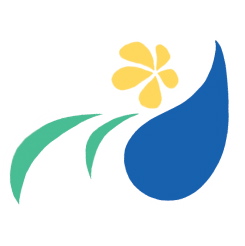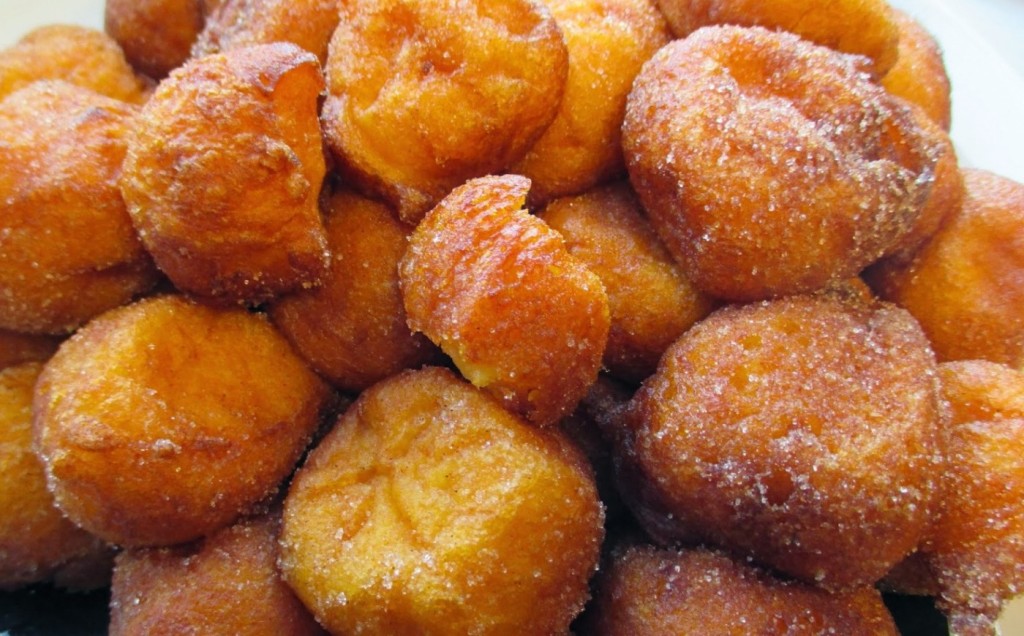Most major schools of ikebana (Sogetsu, Ohara, Ikenobo, etc.) will have a certification programme in order to rank their practitioners according to skill and maturity.
From here on, we will talk about the Sogetsu School because that is where we belong.
Getting a certificate is not mandatory. You can still continue with your ikebana studies without them. So you might be wondering: Is it worth getting a certificate?
1. Becoming A Teacher
If you plan on becoming an ikebana teacher some time in the future, then you definitely need to get certification...all the way up to getting your Teacher's Diploma 4th grade, which is the minimum rank required in order to teach. Certificates are issued only out of the Sogetsu Headquarters in Tokyo. When you get your certificate, that means that you are duly registered with Sogetsu Headquarters and they can keep track of your progress. When the time comes for you to become a teacher, the headquarters will be able to accredit you based on your officially attained levels.
2. Recognition By Others
The teaching curriculum of the Sogetsu School is centralized and governed by the Sogetsu Headquarters in Tokyo. All Sogetsu teachers use the same textbooks. In this way, standards are upheld and the skill-set for each rank, whether attained in Tokyo, Toronto or Rome, is kept uniform. Any Sogetsu teacher will understand what you have been through just by simply knowing your rank.
This can be especially useful if you have to move and change teachers. Say you received your First Certificate in Sogetsu (like the one pictured above) here in Halifax. Then you move to Vancouver but still want to continue your studies. When you find your new Sogetsu teacher and show her the certificate, she will more or less know your skill level. She may ask who your previous teacher was and maybe contact her in order to better understand your training. She may also ask you to create a few test arrangements appropriate to your level. BUT, you will not have to start from scratch and most probably will simply continue from where you have left off with your previous teacher.
If you want to work as a florist or floral designer and would like your prospective employer to know that you know ikebana, then the certificate would definitely help! In Japan, people in the floral industry will certainly appreciate the kind of sweat and tears needed to get such certificates! Outside of Japan, we cannot really say... But compared to the person who claims to know ikebana just because he attended a few workshops, you will surely have better credibility with an official certificate!
3. A Sense of Achievement And Belonging
A certificate tells you that your school recognizes your accomplishment. It also puts you in the company of all the other persons around the world who have gone through the same training. Even if you do not intend to use the certificate in a practical way, the sense of achievement and belonging it brings could be worth it!
Other points to keep in mind (for Sogetsu School)....
- Only your teacher can apply for your certification. You cannot apply for certification by yourself. Your teacher will decide if you are ready to move up to the next level.
- Your teacher must be a duly registered member of the Sogetsu Teachers Association (STA) in a teaching capacity. Every member of the STA will have this ID (see picture above) that displays the member no., name, gagoh and rank. It will also indicate if the member is "teaching" (or "non-teaching"). Membership must be renewed every year.
- There is an application fee for certification. This fee is decided by Sogetsu Headquarters and not by your teacher. Your teacher does not get a "commission" from this fee. It is paid to Sogetsu Headquarters in full. The cost of certification varies according to rank.
One last thought...
Just like learning music, painting, karate or any other art, the practice of ikebana is a life-long process. There is always something new to learn and discover. The certificates are there to provide milestones in the journey. They may also provide encouragement to strive to become better. The certificate, in itself, should not be the final objective in the study of ikebana.
We wish you the best in your ikebana studies. Gambatte kudasai!








